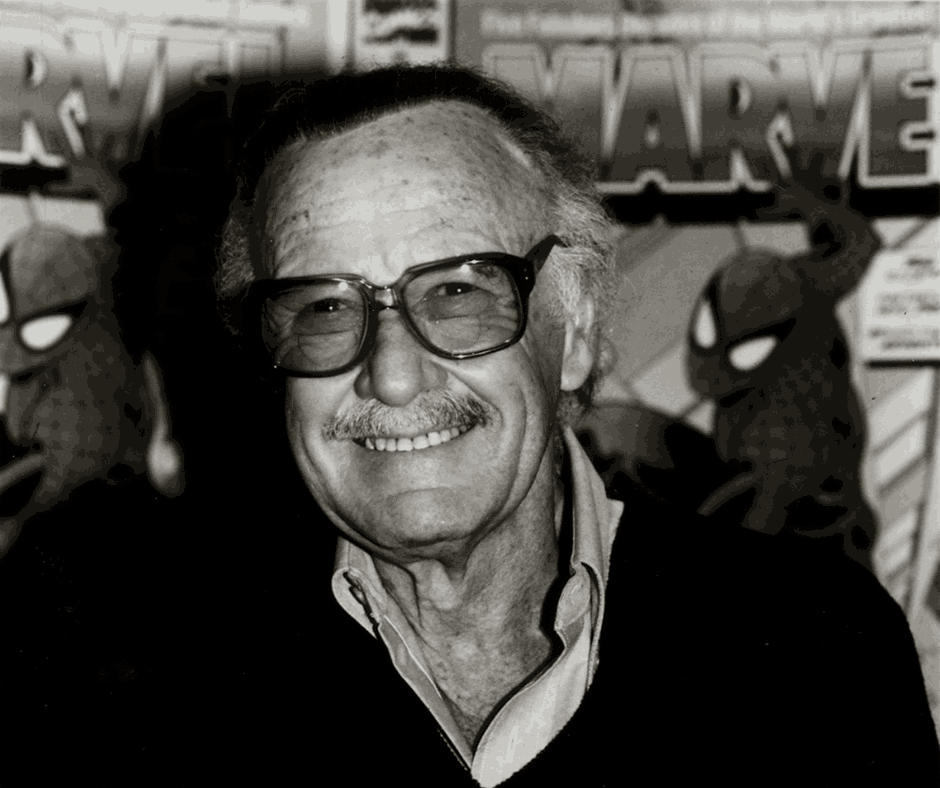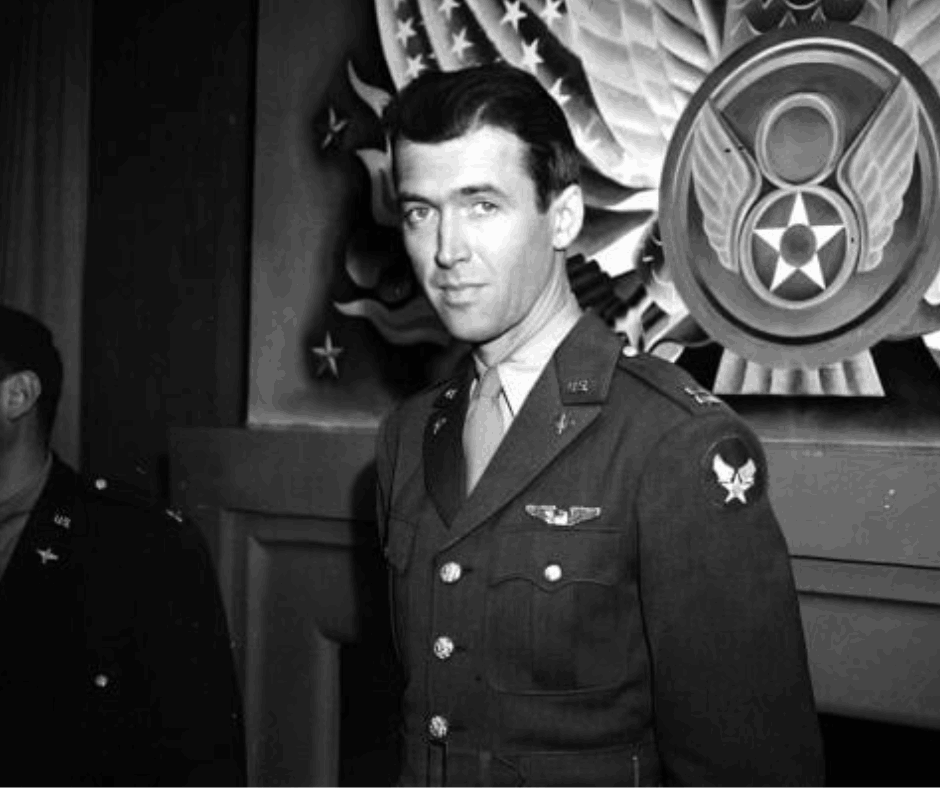Throughout history, cinema has transcended mere entertainment, becoming a powerful medium for social commentary and nationalistic fervour. This blog explores the significant roles played by iconic figures in the film industry who have utilised their art to ignite patriotism and advocate for social reforms, from the turbulent times of World War II to the fight for independence in our country – India.
The Role of Stan Lee in WWII Communications

Stan Lee, later famous for co-creating numerous beloved superheroes at Marvel Comics, contributed to the U.S. military efforts during World War II in a rather unique capacity. Initially engaged in working with telegraph poles and radios, Lee’s talents were soon recognised, leading to his transfer to a role where he produced training films and wrote field manuals.
Officially designated as a ‘Playwright,’ one of the rarest roles in the Army, Lee’s work significantly impacted mass communications during the war.
Frank Capra’s Cinematic Contributions to War Propaganda
Frank Capra, celebrated for directing classics such as It’s A Wonderful Life and Mr. Smith Goes to Washington, also directed a series of influential American propaganda films during WWII. These films, collectively known as the “Why We Fight” series, employed Disney animators to create special effects, including animated troop movements.
These films were designed to bolster American morale and provide a compelling narrative about the reasons for U.S. involvement in the war.
Jimmy Stewart: From Silver Screen to Sky Battles

Jimmy Stewart, a frequent star in Capra’s films, served as a pilot of B-24 bombers during WWII, conducting numerous bombing runs over Germany. His service was marked by bravery and distinction, rising to the rank of Colonel and later a Brigadier General upon retirement.
Stewart’s military career was among the most perilous, with bomber pilots facing high casualty rates, underscoring his status as a war hero.
George Bush Sr.’s Heroic Military Service
George Bush Sr., although not from the movie industry, served as the 41st President of the United States and had a distinguished political career. He was also a naval aviator during WWII, flying 58 combat missions against the Japanese. His contributions were pivotal, with his service from aircraft carriers underlining the significant risks and bravery of those involved in such missions.
Walt Disney and Orson Welles: Crafting War Propaganda

Walt Disney, the pioneer of the American animation industry, and Orson Welles, a celebrated filmmaker and actor, both produced significant propaganda material during WWII.
Walt Disney’s studios pivoted to producing propaganda material, with even characters like Donald Duck donning a military hat. Orson Welles also participated in producing content that supported the war effort, demonstrating how filmmakers and their creations could serve national interests during critical times.
Hollywood’s Influence on War Efforts and Patriotism
The documentary series “Five Came Back,” as highlighted by Steven Spielberg, offers an in-depth look at Hollywood directors who joined the war efforts to document the realities of conflict, further evidencing cinema’s pivotal role in shaping public perceptions and morale during wartime.
Cinema’s Role in India’s Freedom Movement

Turning to the Indian context, the film Kismet (1943) featured the song ‘Door Hato Ai Duniyawalo, Hindustan Hamara Hai’, which became an anthem of resistance against colonial rule, cleverly passing as a wartime morale booster against Axis powers. Its popularity was so immense that it needed to be played repeatedly at screenings, resonating deeply with the Indian populace’s sentiments towards British rule.
Indian cinema has historically been a reflection of societal changes and also a catalyst for independence and social reforms. The 1938 film Watan, directed by Mehboob Khan, used allegorical storytelling set in Central Asia to parallel India’s struggle for independence, symbolically addressing the fight against British colonial rule through its depiction of the Decossackization policy involving the Bolsheviks and Cossacks.
In 1941, Sikandar starred Prithviraj Kapoor and showcased “Zindagi Hai Kya Sun Meri Jaan,” igniting patriotic fervour. The film Shaheed (1948), celebrating the life of Bhagat Singh, had profound impacts with its portrayal of the freedom fighter’s sacrifice.
The patriotic songs and movies produced in those days were an important part of India’s freedom struggle.
Kavi Pradeep is best remembered for his patriotic song “Aye Mere Watan Ke Logo,” which moved an entire nation. As a director and actor, V. Shantaram was known for films that addressed social issues. His film Duniya Na Mane (1937) critiqued societal norms, and he used his platform to subtly resist colonial oppression. Chetan Anand’s Neecha Nagar (1946), released shortly before India’s independence, critiqued capitalist exploitation and indirectly, colonial rule. His works often explored themes relevant to the socio-political climate of the time.
The soft power of cinema is something that cannot be underestimated and has long been used to invoke patriotism and promote social reforms.
Conclusion
The intertwining of cinema with patriotism and social reform is evident across various cultures and historical moments. Figures like Stan Lee, Frank Capra, Jimmy Stewart, and Walt Disney in America, and pivotal films and songs in India, have uniquely contributed to national causes through their creative expressions. These cinematic endeavours not only entertained but also educated, motivated, and united people during times of war and social upheavals.
As a student of Mass Communications, it is crucial for you to understand the soft power of cinema on patriotism and social reforms and have deep insights into the compelling intersection of film, history, and social change. We hope you will use the knowledge you acquire as a powerful tool in shaping societal norms and patriotic fervour.
Best of Luck!

